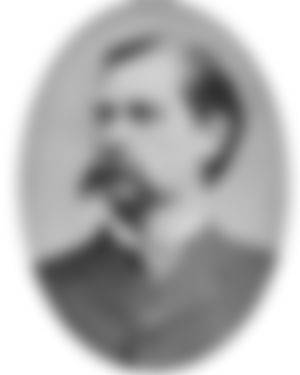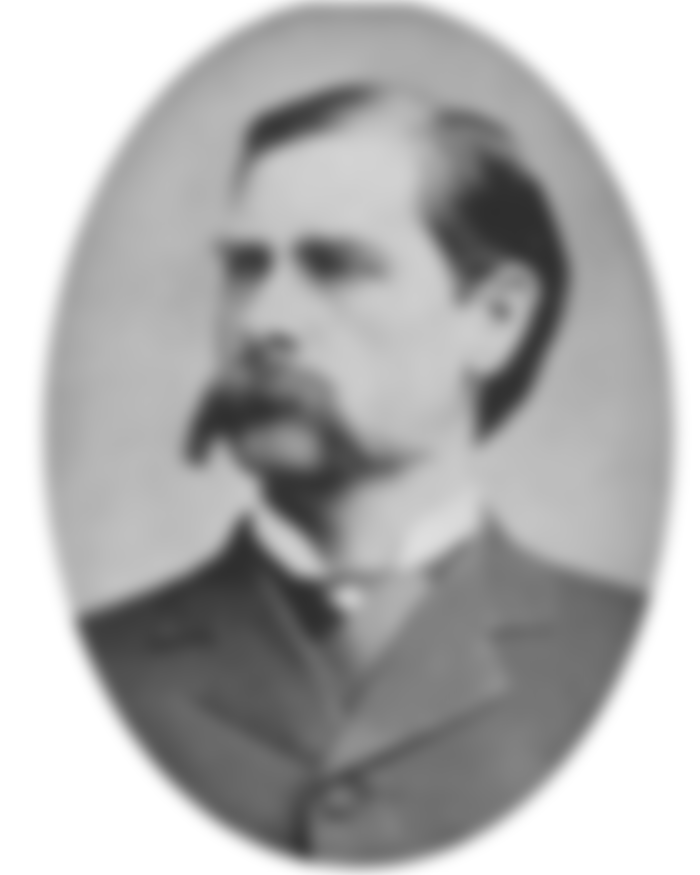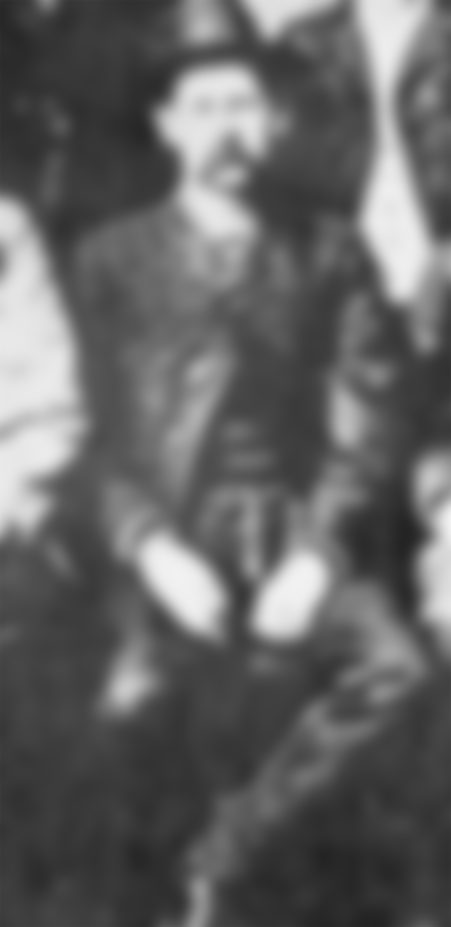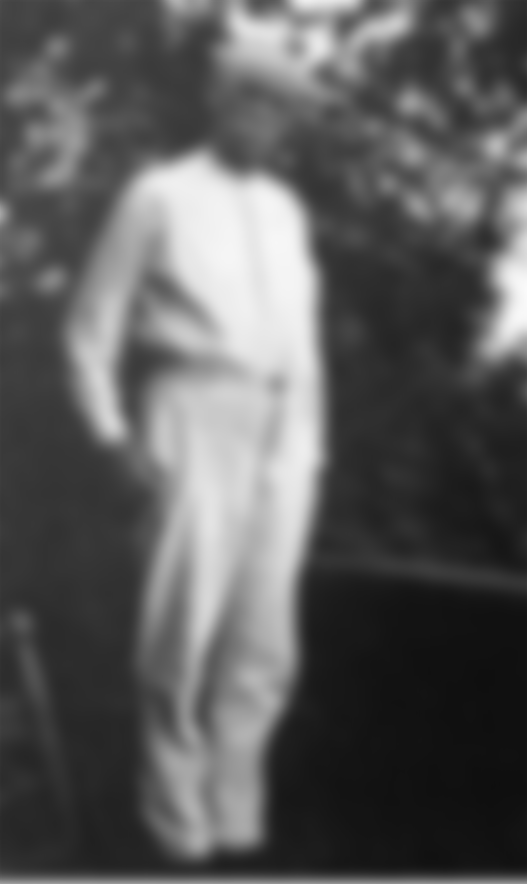Famous Sheriff Wyatt Earp
Sheriff and revolver Wyatt Earp has been remembered in history for his involvement in the skirmish at OK Corral.

Wyatt Berry Stapp Earp was born in Monmouth, Illinois, on March 19, 1848, and was named after his father’s commander in the Mexican-American War. Earp’s father had a number of occupations, including farmer, justice of the peace, and smuggler, and Wyatt spent his childhood in Illinois and Iowa. After the American Civil War broke out in 1861, Earp fled the family farm and tried to join the Union Army; however, his father found him and brought him home. In 1864, the Earps left Iowa and headed west by wagon train. Along the way, passengers had to fight off Indian attacks, and Wyatt reportedly witnessed his first shooting. By the end of 1864, the Earps had reached San Bernardino, California, where Wyatt was working on his father’s new farm, then hauling cargo and working in railroad camps.

In 1870, Earp got his first job in the police force, as a city police officer in Lamar, Missouri, where his family moved. He left his job in 1871, as he was accused of mishandling public funds. He was arrested the same year for stealing horses on Indian territory (present-day Oklahoma), although his case never came to trial. In 1872, Earp lived in Peoria, Illinois, working as a bailiff in a brothel. He continued to spend time as a buffalo hunter before moving to Wichita, Kansas, in 1874. Wichita was a livestock center and in 1875 Earp was employed there as a police officer. He left the following year, after severely beating another man during a fist fight, and became an assistant marshal in Dodge City, Kansas, a booming cattle trade center; it was called "The Worst Small Town in the West".

Over the next few years, Earp met fellow gambler John Henry “Doc” Holliday in Texas in 1878. Holliday, a native of Georgia born in 1851, studied dentistry in Philadelphia. In 1872 he was diagnosed with tuberculosis and doctors recommended that he move to a drought climate. He went to Dallas in 1873 and established a partnership with another dentist; however, Holliday soon turned his attention away from fixing his teeth to drinking and gambling.

Earp and Holliday became friends at a gambling ring in Texas in the late 1870s, and Doc was involved in a shooting at OK Corral in 1881. Six years later, Holliday died of tuberculosis at the age of 36 in Glenwood Springs, Colorado.
He was arrested for murder after the OK Corral shooting.

Earp arrived in the town of Tombstone, Arizona in 1879, which was developing in silver mining, and eventually found a part-time job as a legal clerk. The famous shooting took place on the afternoon of October 26, 1881, on the plot behind OK Corral, when Earp and his brothers Morgan and Virgil, along with Doc Holliday, clashed with cattle-stealing brothers Billy and Ike Clanton and Frank and Tom McLaury. . Virgil Earp ordered the cowboys to surrender their weapons, but shots were fired instead, although it is unclear who pulled the trigger first. The shooting, believed to have lasted less than a minute, killed three people: Frank and Tom McLaury and Billy Clanton. Earps and Holliday were later arrested for murder. At the end of November 1881, they were acquitted in court. A month later, gunmen tried to kill Virgil Earp in front of Tombstone Salon; he survived but suffered severe injuries to one arm. Wyatt, who had been appointed Deputy U.S. Marshal, organized a unit that set out for the Clanton family. Ike Clanton and another brother surrendered to police and charges against them in connection with Virgil's shooting were dismissed. In March 1882, gunmen killed Morgan Earp while he was with Wyatt at Tombstone Pool Hall. Seeking revenge, Wyatt and his gang killed several cowboys. The killings damaged Wyatt's reputation in Tombstone and he soon escaped.

After leaving Tombstone in 1882, Earp roamed the West, lurking and abstaining from gambling. Until the late 1880s, he lived in San Diego with his companion, Josephine Marcus, a New York-born actress he met in Tombstone. In California, Earp trained racehorses and organized and promoted prize races. On December 2, 1896, he refereed a heavyweight boxing championship match between Bob Fitzsimmons and Tom Sharkey, in front of a crowd of about 10,000 spectators in San Francisco. In the eighth round, Fitzsimmons, who dominated the fight, seemed to win after hitting Sharkey and knocking him to the ground; however, in a controversial move, Earp ruled the strike was illegal and disqualified Fitzsimmons. News quickly spread among boxing fans that the match had been rigged, and Fitzsimmons took Sharkey to court; the case was dismissed. Earp remained innocent, but the scandal left a scar on his reputation.

Earp was the last survivor of the OK Corral shooting.
He died at his home in Los Angeles, probably from a chronic cystyew, January 13, 1929, aged 80. He was buried in the Jewish cemetery there because his wife was Jewish.

After his death, Hollywood portrayed Earp as a heroic lawyer, thanks in part to Stuart Lake's best-selling - but significantly embellished, 1931 biography. The book has helped create films and TV series about Earp, with actors from Henry Fonda through James Garner to Kevin Costner in the lead role.







